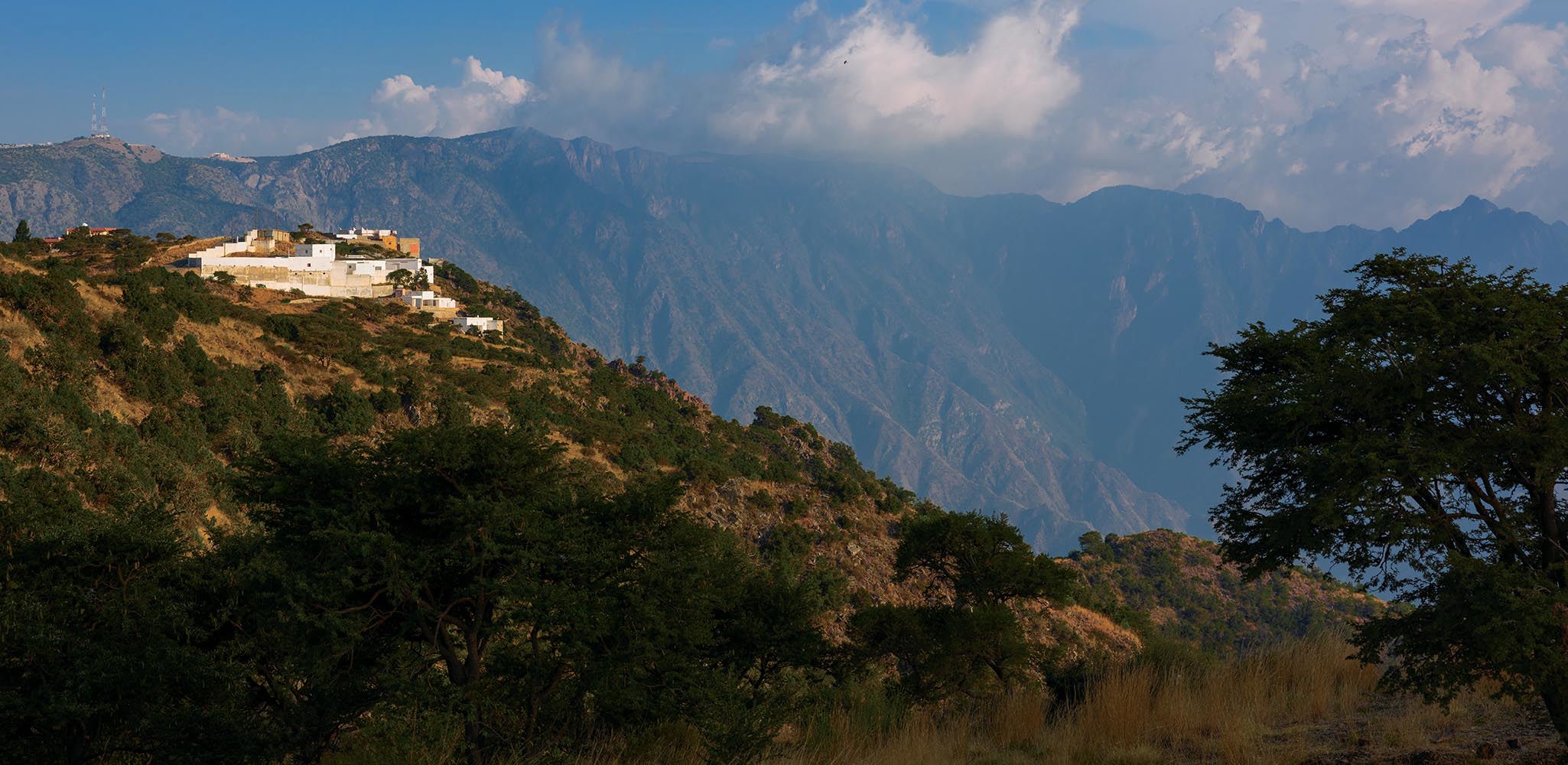Dubai, United Arab Emirates, 4 December 2023: The third edition of the Saudi Green Initiative (SGI) Forum took place today in conjunction with the twenty-eighth session of the Conference of the Parties to the United Nations Framework Convention on Climate Change (COP28), providing a multi-stakeholder platform for dialogue to advance climate action. The Saudi Green Initiative was launched by His Royal Highness Mohammed bin Salman bin Abdulaziz Al Saud, Crown Prince, Prime Minister, and Chairman of the Higher Committee for the Saudi Green Initiative in 2021. It is a whole-of-society initiative to oversee and unite the Kingdom’s efforts to combat climate change, drive sustainable innovation and accelerate the green transition.
At the SGI Forum, Saudi officials focused on the steadfast progress towards the Kingdom’s aim to reach net zero by 2060, highlighting the nation’s contribution to global climate goals through the implementation of over 80 public and private sector initiatives representing an investment of over US$ 188 billion (SAR 705 billion), for a greener future for all.
Saudi Arabia is on track to achieve its goal to reduce carbon emissions by 278 million tonnes per annum (mtpa) by 2030. The Kingdom aims to achieve an optimal energy mix for electricity production by having gas and renewable energy at approximately 50% each by 2030. When achieved, this will displace approximately 1 million barrels of liquid fuel currently used.
Since 2022, an additional 2,100 MW of renewable energy has been connected to the grid, bringing the total capacity of installed renewable energy to 2,800 MW (2.8 GW), generating energy equivalent to powering over 520,000 homes. This marks a 300% increase in installed capacity, demonstrating the pace at which Saudi Arabia is accelerating its energy transition. By the end of 2023, the production capacity of renewable energy projects under construction in Saudi Arabia will exceed 8 GW, with an additional 13 GW of renewable energy capacity in various stages of development across multiple projects.
Saudi Arabia’s efforts to transform its domestic power mix also involves several projects to reduce reliance on liquid fuel and replace it with gas to produce energy. As of December 2023, four high-efficiency gas-fired power plants with a total capacity of approximately 5,600 MW started operation. The Kingdom is also building highly efficient plants equipped with carbon capture and storage technologies, with a total capacity of approximately 8.4 GW.
As part of its ongoing investment into future-proof fuels, Saudi Arabia is progressing development on the US$ 8.4 billion green hydrogen plant in NEOM, which is set to be the world’s largest. Several bilateral agreements have been signed with international counterparts throughout 2023, with the aim of producing and exporting clean and green hydrogen.
Since the launch of SGI, 43.9 million trees and shrubs have been planted and 94,000 hectares of degraded land—equivalent to over 146,000 football fields—have been rehabilitated across the Kingdom, contributing to the target to grow 10 billion trees in Saudi Arabia over the coming decades. Over 40 initiatives are already underway, directly supporting progress towards the interim target of planting 600+ million trees and rehabilitating 8 million hectares of land by 2030.
In October 2023, the two-year feasibility study for how to achieve maximal vegetation cover in Saudi Arabia was presented, following 1,150+ field surveys in collaboration with over 50 renowned experts. Strategic afforestation and land rehabilitation efforts will now be implemented across multiple sites, ranging from mangroves to inland marshes, mountain forests, rangelands, national parks, and valleys.
The roadmap to 10 billion trees will be implemented in two phases. The first phase (2024-2030), will focus on the environmental domain, taking a nature-based approach. From 2030 onwards, phase two will scale up efforts to a fully comprehensive approach with the greatest level of human intervention and implementation of learnings from phase one.
Saudi Arabia’s efforts to restore natural environments across the Kingdom will help create jobs in numerous sectors, while helping combat desertification and sand encroachment, reducing the impact of dust storms and improving quality of life for residents. City centers across the country are also set to benefit from reduced temperatures and improved air quality resulting from increased tree canopy cover.
Protecting land and sea
At present, 18.1% of land and 6.49% of marine environments in Saudi Arabia are under protection. Five initiatives are in place that will increase the percentage of protected land to over 21% and protected marine areas to more than 26% by 2030. Through continuous efforts to protect land and marine areas, the Saudi Green Initiative will help restore and protect natural ecosystems and nurture endemic flora and fauna to enhance the Kingdom’s natural beauty.
Since the launch of SGI, 1,669 endangered animals including Arabian oryx, Arabian and sand gazelles and Nubian ibex have been rewilded in Saudi Arabia’s nature reserves. These herbivores help increase biodiversity and will eventually support the reintroduction of the critically endangered Arabian leopard into the wild. In 2023 alone, seven Arabian leopard cubs were born under the conservation breeding program in Taif. The hugely successful program has nearly doubled the number of leopards under its protection since it started in 2020.
The SGI Talks, which began on November 30, will continue running until the conclusion of COP28 on December 12. The inaugural talk series, taking place daily at 3:00pm, provides a new platform to delve into sustainability trends, energy efficiency, and other related topics. The SGI Gallery also remains open to the public from 10:00am to 9:00pm every day, offering a glimpse into the diverse spectrum of climate action initiatives across Saudi Arabia, accentuating the Kingdom's unwavering dedication to a more sustainable future.

